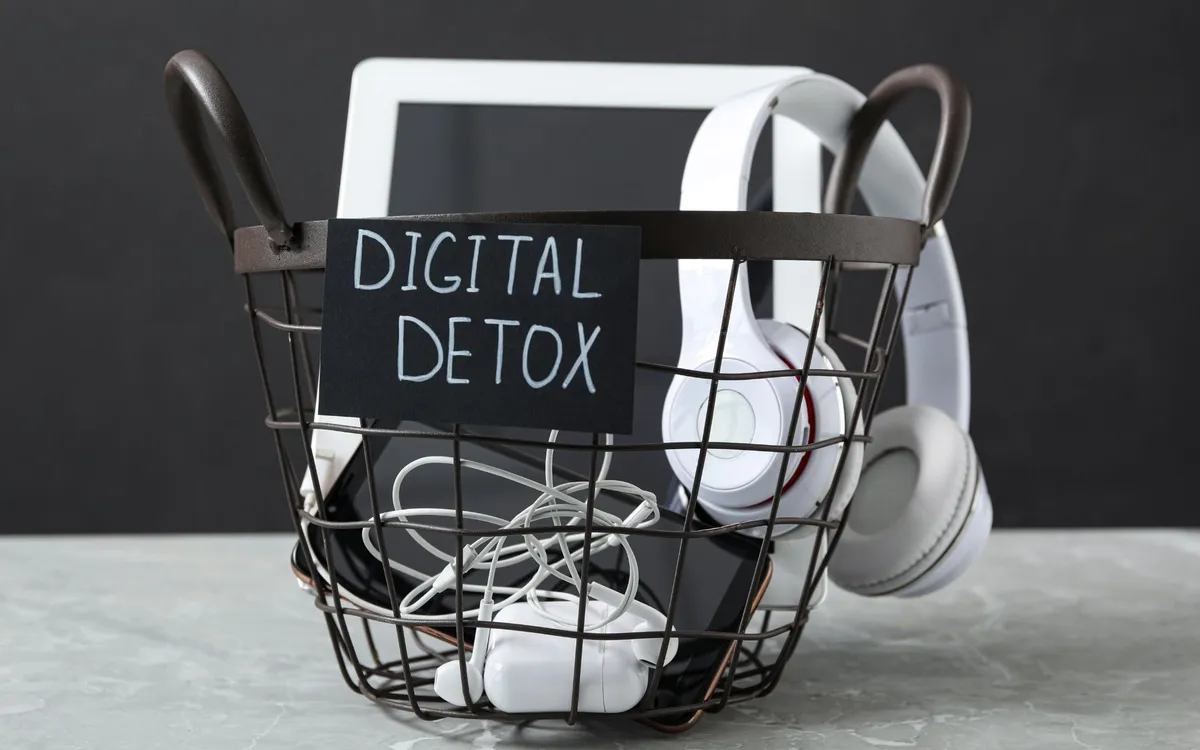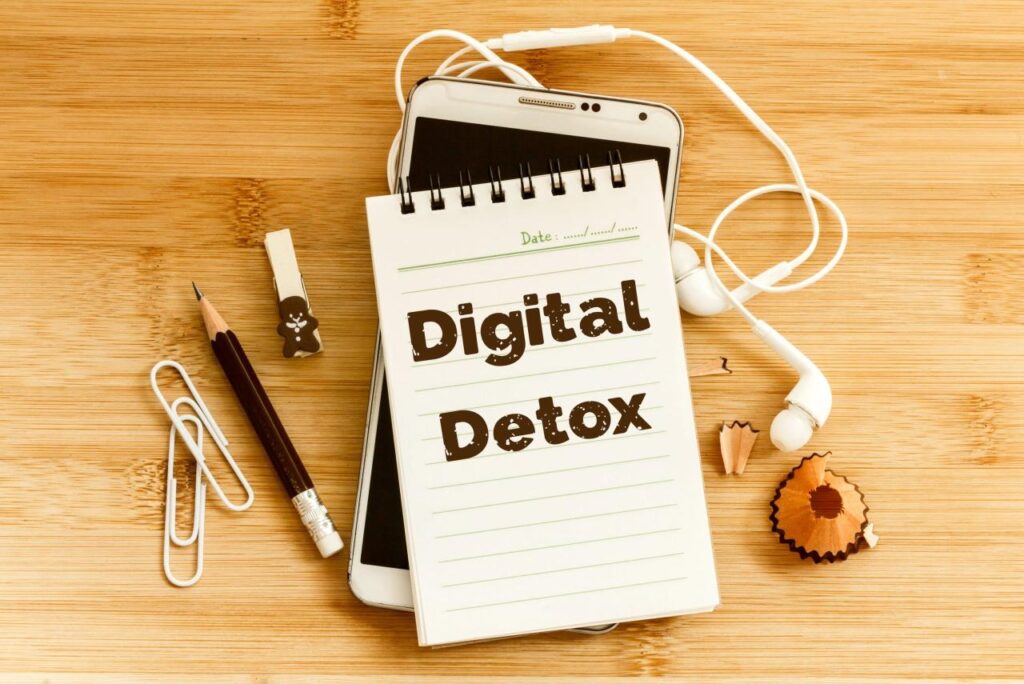The Cost of Constant Connectivity: A Digital Hangover
The relentless march of technological progress, initially welcomed as a liberator from drudgery, has ironically become a ubiquitous source of friction and fatigue in our daily lives, giving rise to what many now call a digital hangover. For decades, the mantra of the digital lifestyle was “more is better,” pushing us toward an always-on culture where every ping, notification, and email was treated as an urgent, non-negotiable demand for our attention.
This ceaseless cognitive load, fueled by the persuasive design of social media platforms and the blurring of professional and personal time, has created an environment of pervasive low-level anxiety and chronic distraction. We find ourselves physically present but mentally absent, sacrificing deep focus, genuine connection, and restorative rest on the altar of perpetual digital availability.
The realization is hitting critical mass: the tools designed to connect us have, in many ways, fundamentally disconnected us from ourselves and the immediate world around us, leading to a deep yearning for equilibrium. This profound discomfort has catalyzed a strong cultural counter-movement, establishing the Digital Detox New Norm as a mandatory practice for achieving sustainable mental health, meaningful productivity, and a higher quality of life in the hyper-connected world of 2025.
Understanding the Need for Disconnection

The necessity of routine digital breaks stems from the deep, measurable impact constant connectivity has on human physiology and psychology.
A. The Science of Attention Residue
A. Our brains suffer from attention residue, where the lingering cognitive trace of a previous task—like a quick check of social media—impairs performance on the next task.
B. Even a seemingly brief digital interruption can take upwards of twenty minutes for the mind to fully recover and regain a state of deep focus.
C. This chronic fragmentation of attention directly harms complex problem-solving, creative thought, and the capacity for deep work.
D. Understanding this biological cost is the first step toward implementing an effective Digital Detox New Norm.
B. The Impact on Sleep and Circadian Rhythms
A. Exposure to the blue light emitted by screens, particularly in the hours leading up to bedtime, actively suppresses the production of the sleep-regulating hormone melatonin.
B. The content consumed—whether it is emotionally charged news or engaging entertainment—also stimulates the nervous system, making it difficult to transition into restorative sleep.
C. A proper Digital Detox includes setting strict digital curfews, protecting the crucial hours needed for both physical recovery and cognitive rest.
C. Reducing Social Comparison Anxiety
A. Constant exposure to the curated, often idealized realities presented on social media platforms naturally leads to upward social comparison anxiety.
B. This comparison triggers feelings of inadequacy, FOMO (Fear of Missing Out), and dissatisfaction with one’s own life circumstances.
C. Taking regular breaks from these platforms is essential for recalibrating one’s self-perception and focusing energy on authentic personal goals rather than manufactured digital ideals.
The Foundational Elements of a New Norm
A true Digital Detox New Norm is not a one-time event, but a lifestyle built on consistent, deliberate practices and technological boundaries.
A. Intentional Digital Curfew Zones
A. Establishing fixed, non-negotiable digital curfew zones—particularly in the bedroom and during mealtimes—is the cornerstone of the detox.
B. The bedroom must be treated as a sacred space for rest, with all glowing screens and charging devices exiled to another room.
C. Mealtimes are reclaimed as opportunities for genuine, undistracted human connection and conversation, enhancing familial and social bonds.
D. This physical and temporal separation is critical to rebuilding a healthy relationship with technology.
B. Notification Management and Batching
A. Users must aggressively cull non-essential notifications, turning off all alerts except those deemed absolutely critical for safety or primary work function.
B. This practice extends to batching email and messaging checks, designating specific, limited times during the day for processing communication rather than reacting to it instantly.
C. By shifting from a reactive to a proactive communication schedule, the individual reclaims control over their mental agenda and focus.
C. The Practice of “Screen Time Better Quality”
A. The goal is not merely to reduce screen time quantity, but to radically improve its quality and intentionality.
B. Instead of mindlessly scrolling, digital time should be reserved for high-value activities like focused work, meaningful learning via Future Learning Virtual Classes, or intentional connection with loved ones.
C. This shift transforms technology from a time-waster into a valuable tool for growth, entertainment, and genuine productivity.
Leveraging Technology for Strategic Disconnection

Ironically, the most effective modern detoxin strategy involves utilizing advanced technology—specifically Artificial Intelligence (AI)—to manage the boundaries we struggle to enforce ourselves.
A. AI-Driven Focus and Contextual Filtering
A. Next-generation operating systems and smart devices employ AI-driven contextual filtering to automatically manage digital input based on the user’s current environment.
B. The AI learns when the user is driving, in a deep work session, or engaged in family time, automatically adjusting notification priorities accordingly.
C. During periods of high cognitive load, the system intelligently defers all non-urgent communications, effectively creating an automated AI Life Balance Revolution.
B. Wellness Tech for Behavioral Feedback
A. Wellness Tech can be used as a mirror, not a master, providing objective data on the impact of digital habits on sleep and stress.
B. Metrics like Heart Rate Variability (HRV) and sleep scores can provide compelling, data-driven feedback on how late-night digital usage negatively impacts recovery.
C. This feedback loop empowers the user to make informed, healthier choices, turning the tool from a source of stress into an accountability partner for the Digital Detox New Norm.
C. Automated Digital Curfews in the Smart Home
A. Smart Home Security Hacks can include setting up automated, network-level curfews that shut down internet access to entertainment devices after a certain hour.
B. This hard boundary prevents late-night binge-watching or endless scrolling by physically removing the temptation from the home network.
C. Utilizing technology for automated disconnection ensures the boundary is maintained consistently, even when personal willpower is low.
The Professional and Social Ramifications
The movement toward digital sobriety is reshaping both the workplace and the dynamics of social interaction in profound ways.
A. Redefining Professional Availability
A. The Digital Detox New Norm is challenging the corporate expectation of 24/7 responsiveness, pushing for a culture of asynchronous communication.
B. Companies are implementing policies that explicitly discourage non-urgent communication outside of designated work hours, recognizing the direct link between rest and productivity.
C. This shift is crucial for the long-term sustainability of the Remote Work Global Tax model, preventing global time differences from imposing continuous work schedules on employees.
B. Fostering Deeper Social Presence
A. By intentionally disconnecting, individuals are able to be fully present in their real-world interactions, leading to higher-quality, more fulfilling social experiences.
B. Leaving the phone secured during a social gathering allows for better active listening, stronger eye contact, and genuine emotional connection.
C. This renewed focus on in-person presence contrasts sharply with the performative, shallow interactions often associated with digital social networks.
C. The Rise of “Unplugged” Experiences
A. There is a growing market for premium, “unplugged” experiences, such as remote retreats, wilderness travel, and analog hobby groups, where digital devices are explicitly discouraged.
B. This desire for genuine disconnection is driving a niche segment of the tourism and wellness industries, appealing to those seeking true escape from the digital noise.
C. The very act of paying a premium to be disconnected underscores the high value placed on cognitive rest in the modern Digital Lifestyle.
Financial and Security Considerations
The discipline required for a digital detox also provides unexpected benefits in areas like personal finance and cybersecurity.
A. Decreasing Subscription Fatigue and Consumption
A. A dedicated detox often reveals how many unnecessary Subscription Fatigue Management services, apps, and content platforms the individual is paying for but rarely using.
B. The break from digital consumption naturally leads to a reassessment of digital spending habits, often resulting in significant savings and a cleaner financial picture.
C. This conscious reduction in digital services is an immediate and tangible financial benefit of the Digital Detox New Norm.
B. Protecting Against Digital Fraud
A. Periods of high digital engagement often lead to mental fatigue, making individuals more susceptible to phishing scams, digital fraud, and clicking on malicious links.
B. Maintaining a state of cognitive rest and intentionality, characteristic of a detox, makes the user a more vigilant and less reactive cybersecurity guardian.
C. A clear mind is the best defense against sophisticated digital threats, making the detox a form of personal Blockchain Identity Protection via awareness.
C. Valuing Personal Data
A. By being more selective about the apps and platforms they engage with, users are better able to protect their Personal Data Value Increase.
B. An intentional Digital Detox reduces the data trails generated by the user, limiting the amount of information available for tracking, targeting, and monetization by third parties.
C. Fewer interactions mean less data harvested, translating directly into a more private and secure digital lifestyle.
Conclusion
The Digital Detox New Norm is an essential human response to the overwhelming demands of the hyper-connected world. It is a deliberate choice to prioritize cognitive well-being and genuine human interaction over continuous digital engagement. This practice is not about rejecting technology entirely, but about applying rigorous intentionality to its use.
The goal is to move from being a slave to the screen to being the sovereign ruler of one’s own attention. Embracing this new norm is the most powerful tool for maximizing true productivity and peace of mind. It ensures that we utilize technology as a servant, not as a master, in the pursuit of a balanced life. The ultimate measure of success in 2025 is not the amount of time spent online, but the quality of the time spent living. This intentional disconnection is the key to unlocking deeper happiness and true presence.











